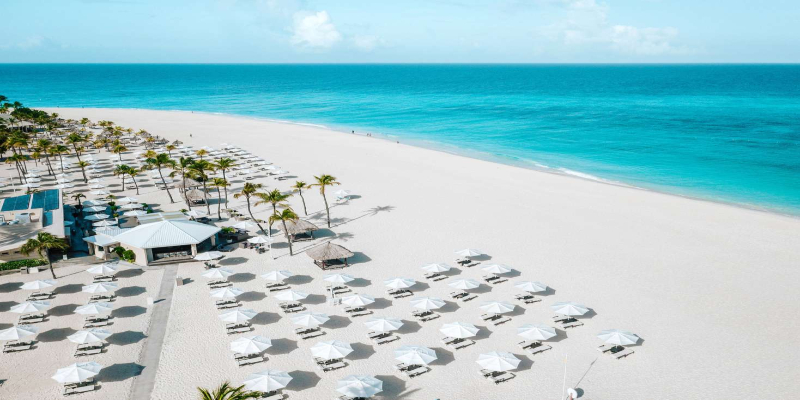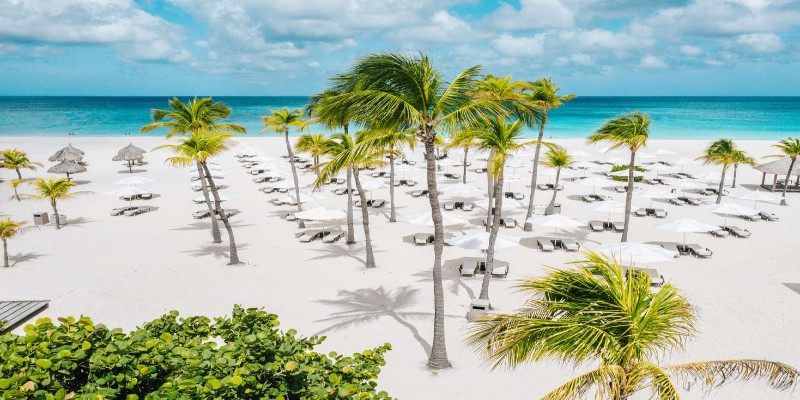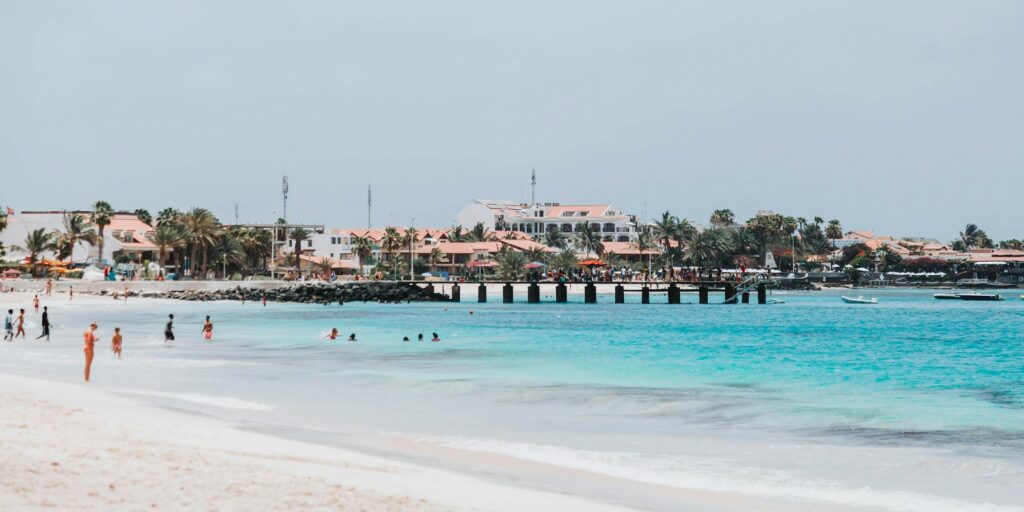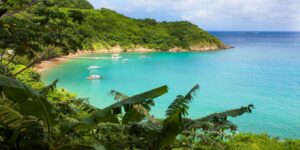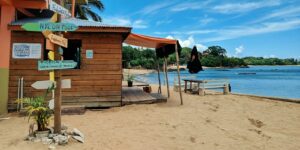12 Facts About Aruba You Never Knew
Aruba isn’t just sun-kissed beaches, the gentle rustle of swaying palms, and shimmering turquoise waters.
Sure, it’s a tropical paradise perfect for spending your days exploring one unspoilt cove after another. But this island has plenty more to offer. And we’ll prove it with some incredible Aruban facts.
Did you know that Aruba is known as “One Happy Island,” and it’s a joyful melting pot of cultures, languages, and traditions? There are plenty more nuggets of knowledge where that came from.
Let’s leap into 12 amazing facts about Aruba. From its unique climate to its vibrant carnival tradition, these tantalising truths will give you a fresh perspective on this popular Caribbean idyll.
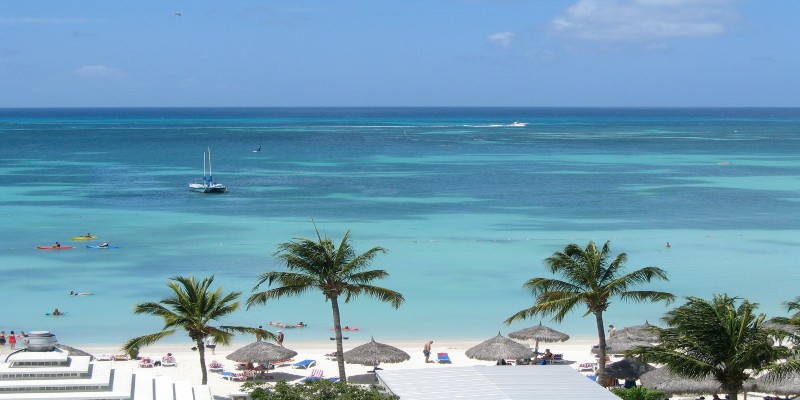
12 Super Interesting Facts About Aruba
Check out these 12 awesome Aruban facts to help you learn a little more about your holiday destination.
- Aruba is known as ‘One Happy Island’
- The Aruban climate is unique (in more ways than one)
- Hurricanes aren’t a worry in Aruba
- Aruba Carnival is 70 years old
- The people of Aruda are polyglots
- Aruba cuisine is fusion-tastic
- 20% of the island is Arikok National Park
- Cave paintings showcase Arawak history
- Eagle Beach is award-winning!
- Oranjestad has Netherlands connections
- Aruba is passionate about conservation
- The fofoti tree is a symbol of Aruba
1. Aruba is Known as “One Happy Island”
Aruba’s moniker, “One Happy Island,” is more than just a catchy slogan. When you touch down on this jolly island, you can’t fail to raise a smile at the vibrant colour palette of the landscape. Pink coral, an azure blue ocean, powder white sands, emerald green aloe, and the rusty orange hue of desert-like land makes Aruba a feast for the eyes.
And with super friendly locals and a high repeat visitor rate of 40%, it’s no wonder the island is such a happy place.
2. The Climate of Aruba is Unique in the Caribbean
Aruba stands out among Caribbean islands for its distinctive climate. Not get too science-y about it but – unlike its neighbours that experience humid tropical climates – Aruba boasts a dry climate.
This gives the island a spectacular arid landscape. Cacti and aloe dot the terrain, thriving in the dry conditions.
It also means temperatures are a pleasant balmy 28° all year round with very little rain, making it the perfect holiday destination for those looking for a guaranteed sun-soaked escape.
3. Arubans Don’t Have to Worry About Hurricanes
Much to the relief of many holidaymakers, Aruba hasn’t experienced a hurricane in over one hundred years. This is because Aruba’s geographical location offers a unique advantage.
The island is situated outside the hurricane belt. So when the Caribbean hurricane season is in full swing, Arubans don’t have to batten down the hatches. Instead, visitors can enjoy their break without the worry of disruptive weather.
4. Aruba Carnival Began in 1954
Many Caribbean islands celebrate carnival. And Aruba is no different. Started in 1954 as a few quaint little street festivals, Aruba’s carnival has grown into a spectacle of colour, music, parades, and dance.
Visit in January or February, don an extravagant costume, and join the festivities. The infectious Aruban beats will have you tapping your feet and dancing with the crowds in no time. Celebrating Aruban traditions and heritage, locals and tourists come together to party in spectacular fashion.
5. Most Arubans Speak 4 Languages
Because Aruba is such a heady blend of wonderful cultures, you’ll hear loads of languages being spoken. While Dutch and Papiamento (a local Creole language) are the most popular dialects you’ll hear, English and Spanish are also widely spoken.
Most residents on the island are quadrilingual and speak these four languages as a bare minimum. Unbelievably, some Arubans can also speak a smattering of Mandarin or Italian.
6. Aruba is Famous for its Fabulous Food
Aruba’s culinary scene is an intoxicating mix of South American and Caribbean influences with a dollop of Dutch gastronomic flair thrown in.
From legendary fresh seafood to traditional dishes like keshi yena, there’s something for every palate.
Make sure you get your chops around some of these dishes on your Aruban escape:
- Pastechi: delicious half-moon pastries filled with chicken, tina or vegetables and spiced with cumin and nutmeg.
- Pisca hasa: With a heady jolt of Creole influence, this fried fish dish comes with a tasty onion, tomato, pepper and garlic sauce.
- Keshi yena: A mixture of meat, peppers, onions, and raisins cooked in a hollowed-out Edam-style cheese.
- Cocada: Satisfy your sweet tooth craving with this coconut, sugar, and condensed milk candy.
7. Arikok National Park Covers Nearly 20% of the Island
While the pristine beaches of Aruba attract an array of visitors looking for a tropical paradise, Arikok National Park covers nearly a fifth of the island and is well worth a visit.
Think awe-inspiring flora and fauna, the Aruban whiptail lizard, and Aruba’s famous aloe plants.
Hiking trails offer breathtaking views and will get you up close and personal with the iconic desert landscape. If this sounds right up your street, bag yourself a guided tour with a park ranger and discover caves, lava rock formations, and the best areas to spot wildlife.
8. Cave Paintings Showcase Arawak Heritage
While you’re in Arikok National Park, don’t miss the Fontein Cave. Venture into the recesses of rock formations, look up, and see the ancient cave paintings drawn by Arawak Indians.
Remarkably preserved, these drawings give a glimpse into the island’s past, long before European colonisation.
9. In 2021, Eagle Beach was Voted One of the Best in the World
Yes, Aruba is more than its beaches. But its beaches are a marvel and Aruba is home to some of the world’s most beautiful.
In 2021, Tripadvisor voted Eagle Beach the 7th best beach in the world. This accolade is no surprise. Glorious ocean panoramas, Instagrammable white sands, and its cooling breezes are breathtaking.
Whether you’re in the mood to relax under a palm tree with a good book or you want to hit the water on a chiselled surfboard, Eagle Beach caters to all.
10. Oranjestad is Named After William I of The Netherlands
No trip to Aruba is complete without a jaunt to its capital, Oranjestad. Its colourful Dutch colonial architecture against the bustling harbour backdrop is a sight to behold.
Named after William I, (William of Orange) Oranjestad is an achingly cool mix of local boutiques and international designer retailers. Enjoy a spot of retail therapy, check out historical landmarks like Fort Zoutman to take a peek into the island’s past, or take in a show at the Cas di Cultura theatre.
11. Aruba Can Flex its Eco-Friendly Credentials
We’ve already proven that Aruba is not just about sun, sand, and sea.
But did you know that the island is also committed to sustainability in a big way? Efforts are underway to increase renewable energy usage and protect its coral reefs. Even single-use plastic bags have been banned from stores and restaurants.
And on top of this, many hotels are leading green initiatives. Manchebo Beach Resort and Spa is green globe certified and Bucuti & Tara Beach Resort is a carbon-neutral hotel.
12. The Fofoti Tree on Eagle Beach is a Symbol of Aruba
Located on Eagle Beach, the island’s iconic Fofoti tree, shaped by the trade winds, is a symbol of Aruba. Twisted and gnarly, it looks a little out of place on the picture-perfect white sand. Join the thousands of tourists each year who have their photo taken next to this rugged bit of fauna.
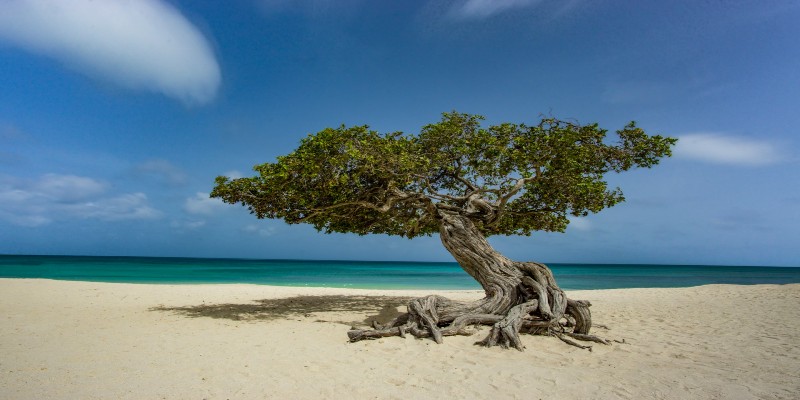
Blue Bay Tip:
There isn’t just one Fofoti tree – there are loads! The one on Eagle Beach is the most famous but there are plenty of these fairy tale-like trees dotted around the beaches of Aruba to explore.
Make Aruba Your Next Escape
From its rich cultural heritage to its diverse culinary scene, and from its unique natural wonders to its commitment to sustainability, Aruba offers a fantastic travel experience. No wonder it’s called “One Happy Island!”
Ready to pack your bags and get your Aruban adventure booked? Take a look at when the best time to go to Aruba is for you.


